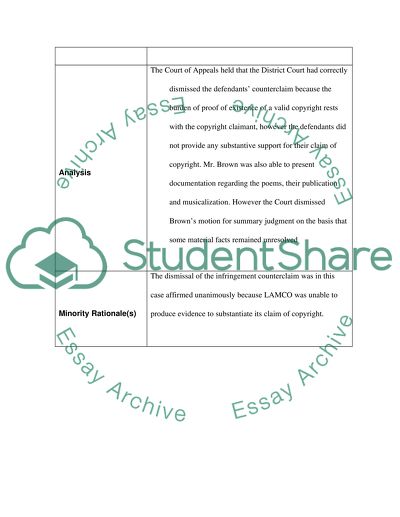Cite this document
(“Law Briefs Essay Example | Topics and Well Written Essays - 1500 words”, n.d.)
Retrieved from https://studentshare.org/miscellaneous/1542275-law-briefs
Retrieved from https://studentshare.org/miscellaneous/1542275-law-briefs
(Law Briefs Essay Example | Topics and Well Written Essays - 1500 Words)
https://studentshare.org/miscellaneous/1542275-law-briefs.
https://studentshare.org/miscellaneous/1542275-law-briefs.
“Law Briefs Essay Example | Topics and Well Written Essays - 1500 Words”, n.d. https://studentshare.org/miscellaneous/1542275-law-briefs.


